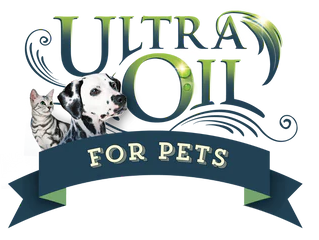
Homemade Dog Food
Share
Many pet parents are moving away from processed pet foods. The reason being if processed foods are not good for humans why would they be good for our pets? Many pet foods contain a long list of ingredients that are not natural for a dog’s diet, especially grains in dry food. This blog is intended to help be an introduction guide on how to easily prepare homemade, nutritious dog food.
Talk To Your Dog’s Vet
It is important and recommended to speak to your vet and get clear on what your dog is allowed to eat. Ask for an allergy test to find out if your dog is allergic to any ingredients prior to making homemade dog food. There are online tests you can order as well.
If you discover any food allergies cook without these ingredients.
What Foods can Fido Not Eat
Research which foods are not safe for dogs, make sure not to put these foods in your homemade pet food.
Below is a list of some foods concerned not safe for dogs.
- Avocado, tomatoes, eggplant, raw potatoes, (cooked potatoes are ok)
- Legumes (beans, peas, etc)
- Grapes, raisins
- Paprika spices, pepper, chili
- Mushrooms
- Raw pork ( cooked is okay)
- Sugar, sweets, chocolate, cacao, coffee, alcohol
What Nutrients Does Your Dog Need
Protein
Dog’s are omnivores and should be served meat and fish daily. Animal protein besides pork can be fed raw. It’s become widely recognized that a raw food diet and quality protein is the best food you can give your dog. If you can’t afford a raw food diet a few tablespoons of raw meat will be beneficial for your dog.
Minced meat and offal, like the heart are high in calories and fat.
Do not give your dog cooked bones.
Fish is beneficial for your dog, it is rich in essential fatty acids, iodine, and phosphorous. Purchase boneless fish so small bones do not get stuck in your dog’s throat.
Eggs contain essential vitamins and minerals, help with a shiny coat, but can add to digestive issues feed only once or twice a week. If you bake the egg shells for a few minutes it will eliminate salmonella, and you can grind them and add them to their food for a high source of calcium.
Add a food topper, such as Ultra Oil for extra nutrition and omegas 3, 6, and 9.
Vegetables and Oils
Vegetables are just as healthy for your dogs. Here is a small list of vegetables you can include in homemade dog food. It is important to puree the vegetable side dish or cook it well because dog’s cannot spilt plant cell walls on their own, they must be broken down mechanically. Vegetable oils are essential and help absorb the fat- soluble vitamins, hemp oil, linseed oil , olive oil, walnut oil.
Sweet potatoes
Carrots
Broccoli
Celery
Parsnips
Kale
Savoy
Nappa Cabbage
Brussel sprouts or chard
Fennel
Beetroot
Safe Fruits
Apples
Pears
Bananas
Pineapple
Peaches
Nectarines
Berries
Kiwi
Melon
Grains and rice are not necessary they get lots of energy from proteins and fats, you don’t have to rely on a high carb dish. Do not feed your left overs to dogs. Most leftovers are strongly salted or spicy and should not end up in your dog’s bowl. Homemade dog food should consist of 2 parts meat, 1 part low lectin carbohydrates such as sweet potatoes, parsnip, or millet; 1 part vegetables, fruits, oils, herbs. There are calculators on the internet to help you know how many calories you are feeding your dog.
Lastly have fun with getting creative in the kitchen. It is highly recommended to do more research and speak with your vet before switching your pet’s diet

